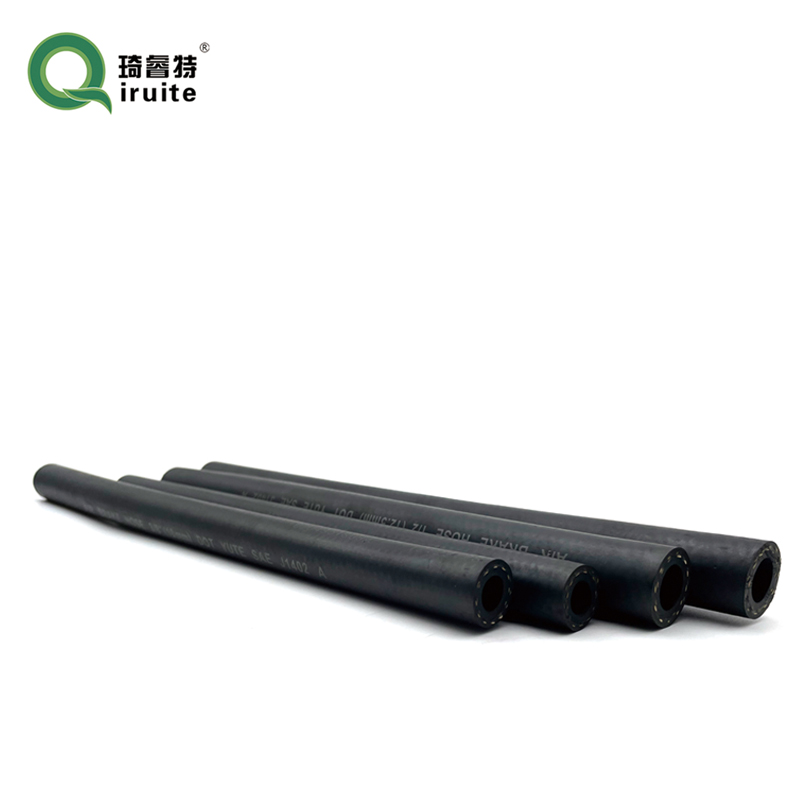Effective Techniques for Using a Sewer Jetter to Clear Clogs and Maintain Drains
Using a Sewer Jetter A Comprehensive Guide
Maintaining a clean and functional drainage system is essential for any homeowner. Over time, pipes can accumulate debris, tree roots, grease, and other obstructions that can lead to clogs and backups. One effective tool for addressing these issues is a sewer jetter. This article will delve into what a sewer jetter is, how it works, its advantages, and tips for using it safely and effectively.
What is a Sewer Jetter?
A sewer jetter is a high-pressure water cleaning system designed to clear blockages in sewer lines and drains. It typically consists of a high-pressure water pump, a flexible hose, and a specialized nozzle that directs water at high velocities (up to 4,000 PSI) to break down and dislodge debris from the pipes. This method of cleaning is often preferred over traditional methods, such as snaking, because it not only clears blockages but also cleans the entire interior surface of the pipes.
How Does a Sewer Jetter Work?
The operation of a sewer jetter is relatively straightforward. First, the jetter is connected to a water source and the high-pressure hose is fed into the sewer line. Once the hose is in position, the pump is activated, sending water through the hose at high pressure.
The nozzle at the end of the hose is designed with multiple ports that direct the water streams. Some nozzles point water backward, effectively propelling the hose deeper into the drain while simultaneously pushing debris ahead. Other nozzle types may focus on cutting through tree roots or scrubbing the sides of the pipes. The force of the water helps to dislodge materials such as grease, sediment, and roots, allowing for a thorough cleaning of the sewage system.
Advantages of Using a Sewer Jetter
1. Thorough Cleaning Unlike traditional methods that may only remove clogs superficially, a sewer jetter cleans the entire pipe interior, ensuring a more comprehensive solution to blockages.
2. Environmentally Friendly Using high-pressure water means that chemical drain cleaners are often unnecessary. This not only protects the environment but also eliminates harmful chemicals that can damage pipes over time.
using a sewer jetter

4. Versatility Sewer jetters can be used on various types of pipes, including PVC, clay, and cast iron, making them suitable for most residential drainage systems.
Tips for Safe and Effective Use
- Wear Protective Gear When operating a sewer jetter, it's crucial to wear safety goggles, gloves, and other appropriate protective equipment to shield yourself from potential debris and high-pressure water.
- Inspect the Pipes Before using a jetter, inspect your sewer lines with a camera (if possible) to identify the nature and location of the clog. This will help you choose the appropriate nozzle and settings.
- Follow Manufacturer Guidelines Every sewer jetter comes with specific instructions. Always follow the manufacturer’s guidelines regarding pressure levels and safety precautions.
- Hire a Professional if Necessary While many homeowners can safely use a sewer jetter, if you’re unsure or if the problem persists after trying to clear it, it may be wise to call in a professional plumber.
Conclusion
Using a sewer jetter can be an effective solution for maintaining clean and functional drains in your home. By understanding how a jetter works and following the necessary safety precautions, you can tackle clogs and prevent future plumbing issues efficiently. With regular maintenance, you can ensure that your plumbing system remains in good condition, sparing you from costly repairs and inconvenient backups.
-
Ultimate Spiral Protection for Hoses & CablesNewsJun.26,2025
-
The Ultimate Quick-Connect Solutions for Every NeedNewsJun.26,2025
-
SAE J1401 Brake Hose: Reliable Choice for Safe BrakingNewsJun.26,2025
-
Reliable J2064 A/C Hoses for Real-World Cooling NeedsNewsJun.26,2025
-
Heavy-Duty Sewer Jetting Hoses Built to LastNewsJun.26,2025
-
Fix Power Steering Tube Leaks Fast – Durable & Affordable SolutionNewsJun.26,2025

